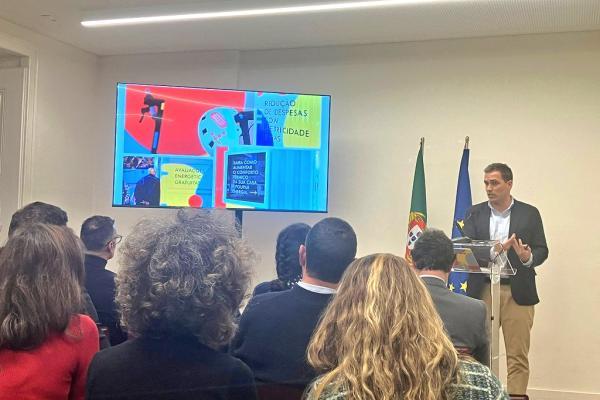
Our new educational initiative aims to go deep into the learning process of energy poverty and the potential action for a successful intervention. Our extended course on "Alleviating Energy Poverty" provides practical insights, tools, and resource

Our new educational initiative aims to go deep into the learning process of energy poverty and the potential action for a successful intervention. Our extended course on "Alleviating Energy Poverty" provides practical insights, tools, and resource

Under the theme "Empowering Local Actors in Bridging Policy and Practice in Tackling Energy Poverty closer to EU citizens", the conference brought together about about 140 participants from 18 countries on-site and online
Local governments are facing the pressing challenge of addressing energy poverty effectively. In response to this critical issue, we are glad to release a practical guide to planning energy poverty mitigation actions.

As the energy crisis continues to impact households across Europe, the concept of hidden energy poverty emerges as a critical yet often overlooked aspect of the broader energy poverty discourse.
‘’Passive house not only reduces energy demand but also improves comfort’’

The existing body of literature on energy poverty predominantly concentrates on cold climates, leading to a plethora of information on coping strategies for chilly conditions. Conversely, there is a notable lack of insights into addressing challenges related to heat, particularly in the context of e

The city of Zagreb in Croatia, conducted surveys covering 500 households, analysed the data, and proposed subsequent measures for energy efficiency through renewable sources. Meanwhile in Lumiar, Portugal a pilot renewable energy programme was launched featuring 16 solar panels, benefitting 17 commu

“Energy poverty has impacts on the social well-being, quality of life, health, and productivity of families, and it is not exclusive to those in economic need.’’
EPAH is pleased to share that the Council of Ministers in Portugal approved the Portuguese National Long-term Energy Poverty Mitigation Str
In our December lunch talk, João Pedro Gouveia and Pedro Palma of NOVA School of Science and Technology - FCT NOVA and part of Energy Poverty Advisory Hub shed light on the latest developments in national energy poverty indicators.

Energy poverty took center stage as a unifying force in Warsaw.